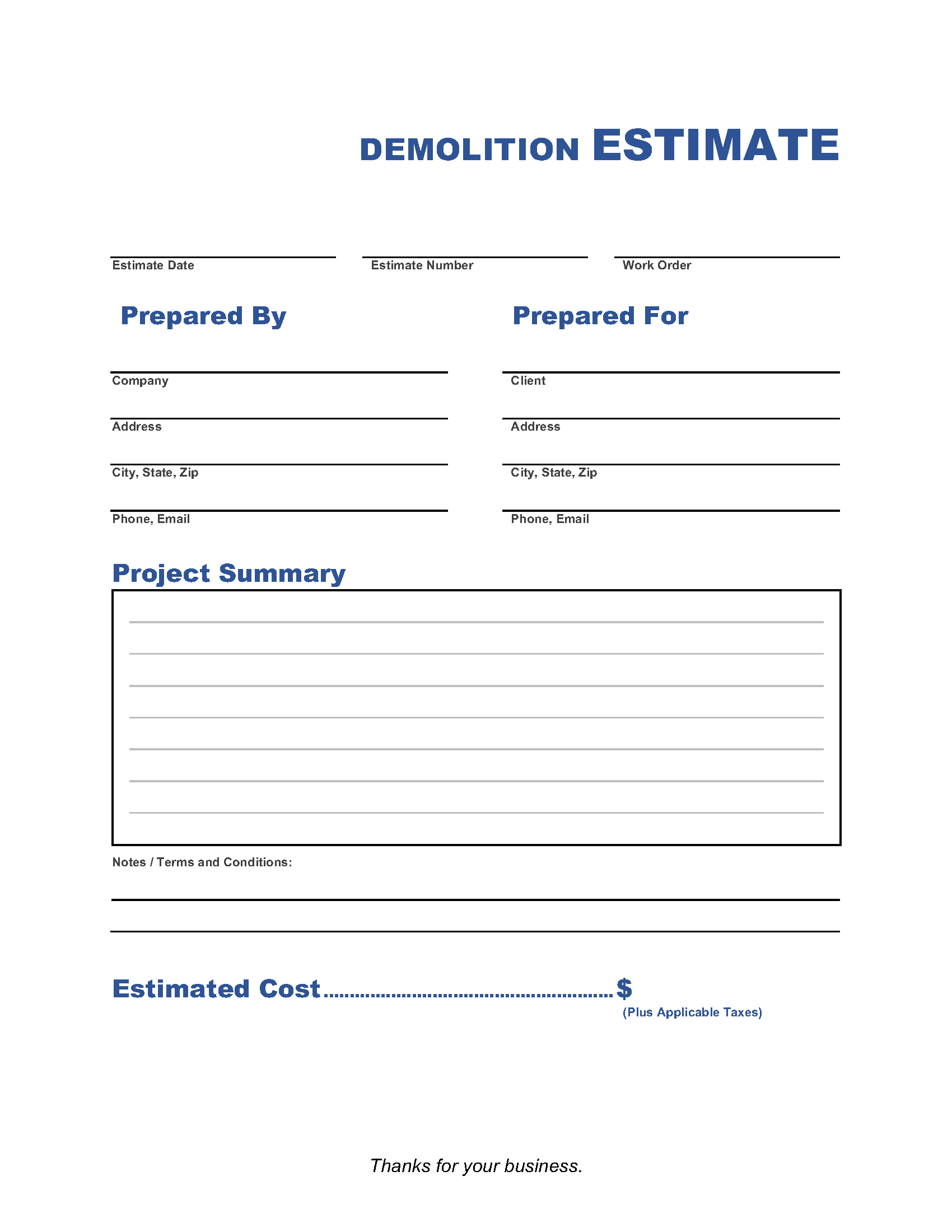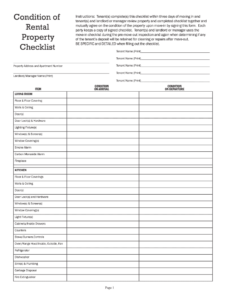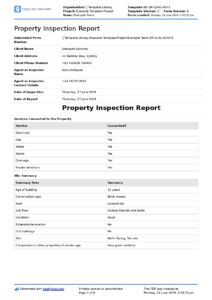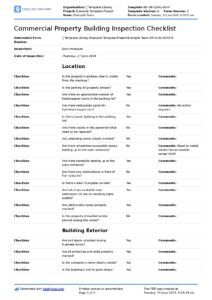Refurbishment and demolition surveys can be beneficial for a number of reasons. Firstly, they can help to identify any hidden problems that may not be immediately apparent, such as structural damage or the presence of hazardous materials. This information can then be used to develop a more accurate and realistic budget for the project, and to avoid any costly surprises further down the line.

Secondly, refurbishment and demolition surveys can help to ensure that the project is carried out in a safe and efficient manner. By identifying any potential hazards in advance, contractors can take the necessary steps to mitigate these risks and protect the health and safety of workers and the public.
Key Components of Refurbishment and Demolition Survey Template
A refurbishment and demolition survey template typically includes the following key components:
1: Site inspection
The site inspection involves a thorough visual examination of the building or structure, both internally and externally. The inspector will look for any signs of damage, deterioration, or other issues that could affect the safety or integrity of the building.
2: Structural survey
The structural survey assesses the overall structural condition of the building or structure. The inspector will look for any signs of structural damage, such as cracks, bowing, or leaning. They will also assess the condition of the building’s foundations and roof.
3: Asbestos survey
Asbestos is a hazardous material that can be found in many older buildings. The asbestos survey will identify any areas where asbestos is present, so that it can be safely removed before any refurbishment or demolition work begins.
4: Hazardous materials survey
In addition to asbestos, there are a number of other hazardous materials that can be found in buildings, such as lead, mercury, and radon. The hazardous materials survey will identify any areas where these materials are present, so that they can be safely removed or encapsulated.
5: Demolition plan
If the building or structure is to be demolished, the demolition plan will outline the steps that will be taken to safely and efficiently demolish the building. The plan will include information on the methods that will be used to demolish the building, the safety measures that will be put in place, and the disposal of any hazardous materials.
Summary
A refurbishment and demolition survey template is a comprehensive document that provides a detailed overview of the condition of a building or structure. The key components of a refurbishment and demolition survey template include a site inspection, structural survey, asbestos survey, hazardous materials survey, and demolition plan.
How to Create a Refurbishment and Demolition Survey Template
A refurbishment and demolition survey template is a comprehensive document that provides a detailed overview of the condition of a building or structure. It is important to have a well-structured and comprehensive survey template in order to ensure that all potential hazards are identified and addressed.
The following steps can be followed to create a refurbishment and demolition survey template:
1: Define the purpose and scope of the survey.The first step is to define the purpose and scope of the survey. This will help to determine the type of information that needs to be collected and the level of detail that is required.2: Gather background information.Before conducting the survey, it is important to gather as much background information as possible about the building or structure. This information can include the building’s history, previous renovations, and any known problems.3: Conduct a site inspection.The site inspection is a visual examination of the building or structure, both internally and externally. The inspector will look for any signs of damage, deterioration, or other issues that could affect the safety or integrity of the building.4: Conduct a structural survey.The structural survey assesses the overall structural condition of the building or structure. The inspector will look for any signs of structural damage, such as cracks, bowing, or leaning. They will also assess the condition of the building’s foundations and roof.5: Conduct an asbestos survey.Asbestos is a hazardous material that can be found in many older buildings. The asbestos survey will identify any areas where asbestos is present, so that it can be safely removed before any refurbishment or demolition work begins.6: Conduct a hazardous materials survey.In addition to asbestos, there are a number of other hazardous materials that can be found in buildings, such as lead, mercury, and radon. The hazardous materials survey will identify any areas where these materials are present, so that they can be safely removed or encapsulated.7: Develop a demolition plan.If the building or structure is to be demolished, the demolition plan will outline the steps that will be taken to safely and efficiently demolish the building. The plan will include information on the methods that will be used to demolish the building, the safety measures that will be put in place, and the disposal of any hazardous materials.8: Review and finalize the survey template.Once all of the necessary information has been collected, the survey template should be reviewed and finalized. The template should be clear, concise, and easy to use. It should also be tailored to the specific needs of the project.
By following these steps, you can create a refurbishment and demolition survey template that will help to ensure that your project is carried out safely and efficiently.
A refurbishment and demolition survey template is a crucial tool for ensuring the safety and efficiency of any refurbishment or demolition project. By providing a comprehensive overview of the condition of a building or structure, these templates help to identify any potential hazards and ensure that they are addressed before work begins. This can help to avoid costly delays and accidents, and can also help to protect the health and safety of workers and the public.
When creating a refurbishment and demolition survey template, it is important to be thorough and to consider all potential hazards. The template should be tailored to the specific needs of the project, and should be reviewed and finalized by a qualified professional. By following these steps, you can create a survey template that will help to ensure the success of your project.



